
Week of April 14, 2025 Local, professional reports straight from the field,
from all regions serviced by Ag Partners.
Meet this week’s featured agronomists:
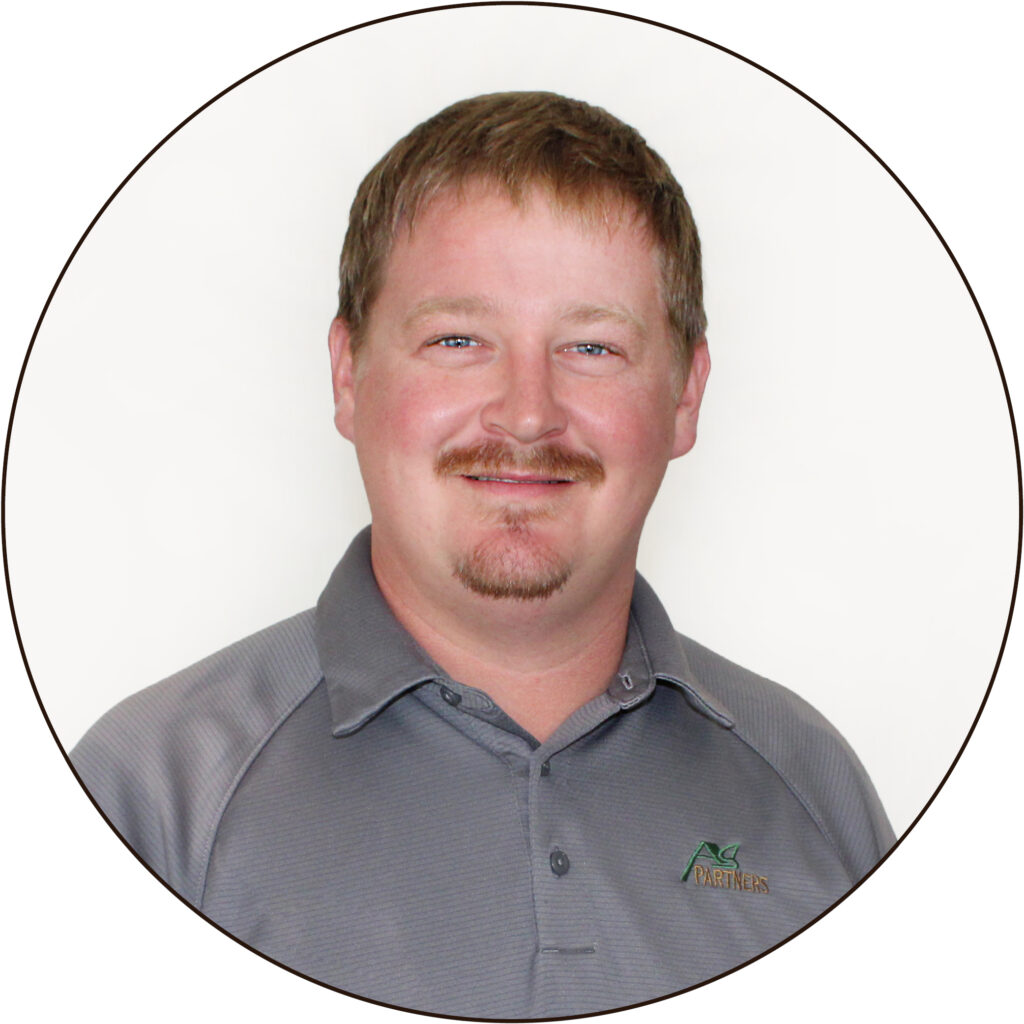
Le Sueur, MN
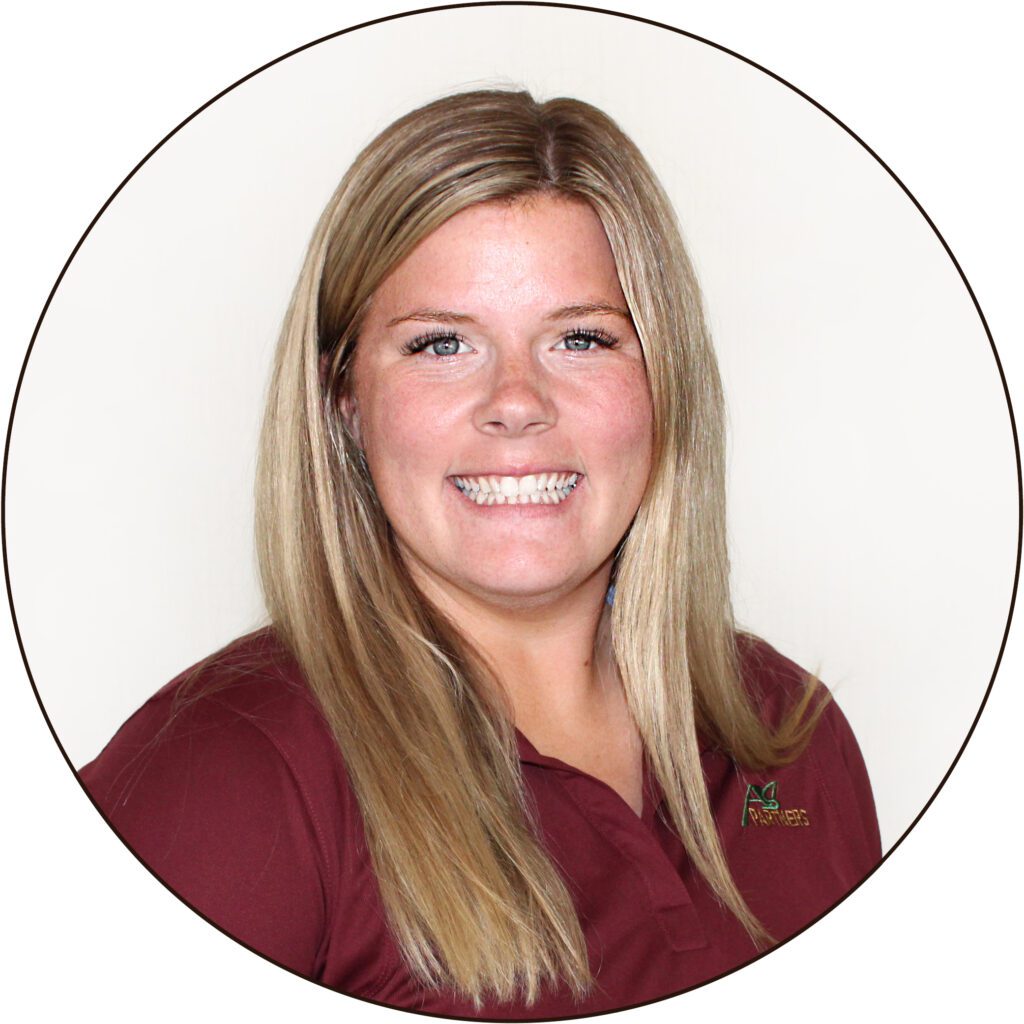
Goodhue, MN

Elgin, MN
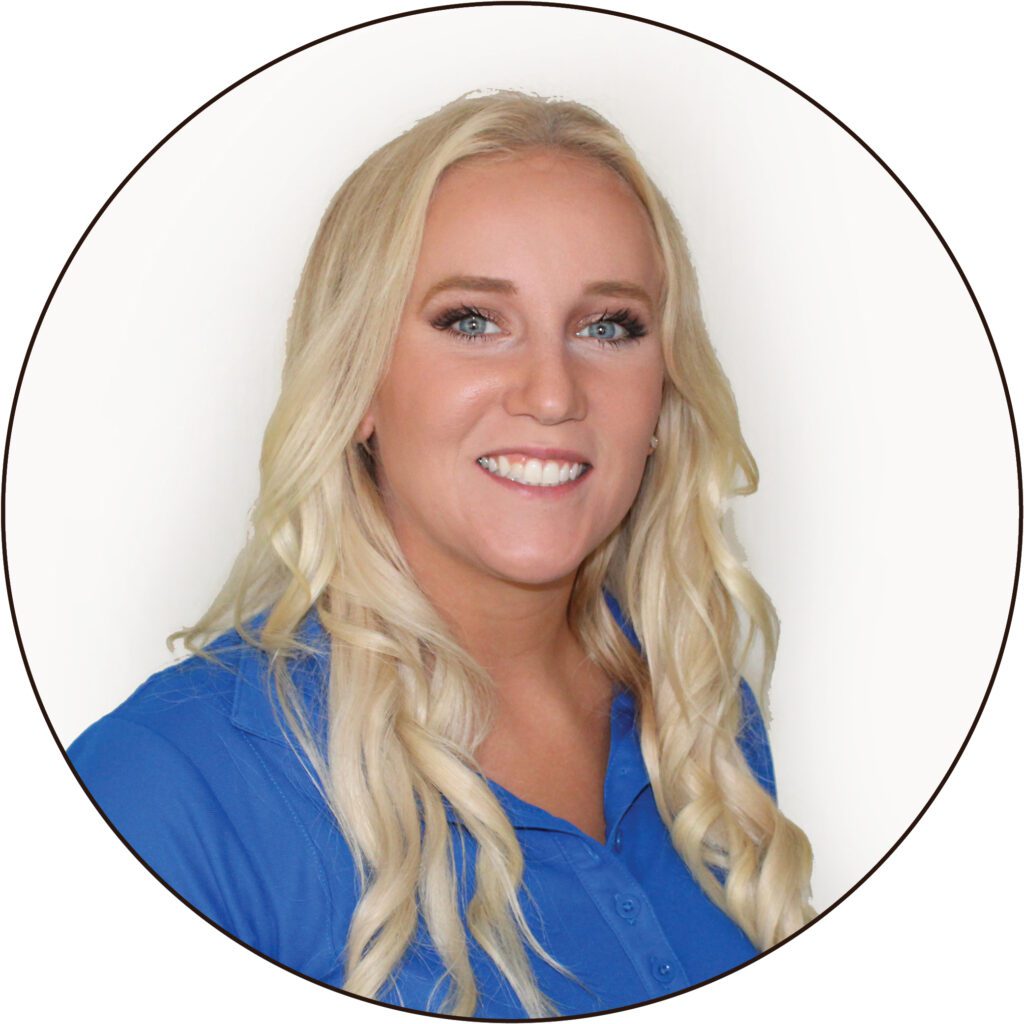
Ellsworth, WI
WEST
Belle Plaine – Le Center – Le Sueur – Morristown – Traverse
Spring 2025 is off to an early start!
Here in Le Sueur, we’re diving into a bit of everything—spreading dry fertilizer, spraying pre-emerge chemicals (many using 32% as a carrier), and finishing up some anhydrous applications that couldn’t be completed last fall. We are also busy delivering seed and chemicals to patrons doing their own applications.
After a long winter, it’s great to be back in the fields and getting things done.
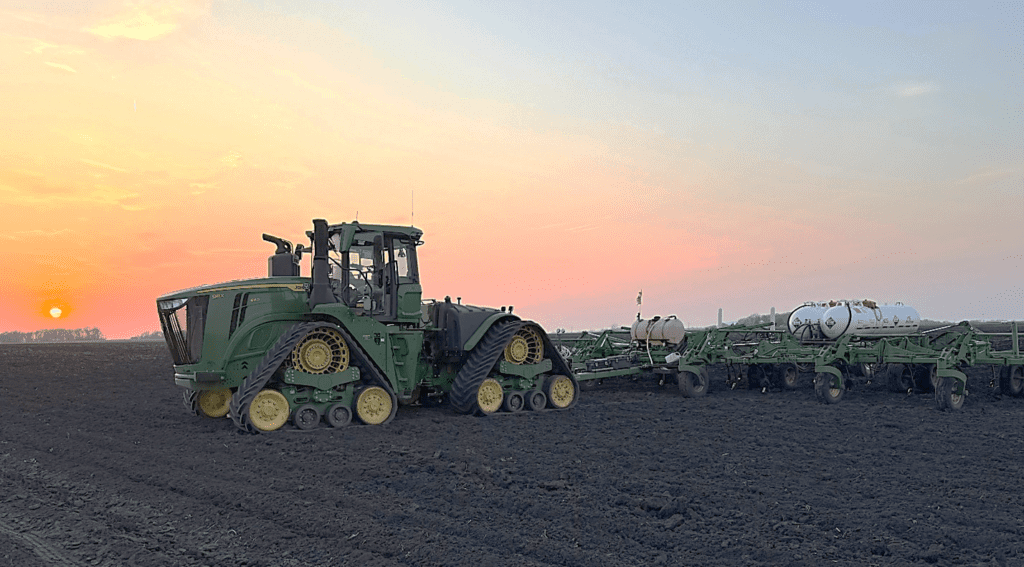
Spring Weather Trends in Le Sueur County
April in Le Sueur County has seen a mix of temperatures, with highs ranging from the low 30s to the low 60s°F. While soil temperatures are still warming up, many fields are approaching the 50°F mark, which is favorable for planting. However, it’s essential to monitor the forecast for cool rain events as imbibitional chilling can occur. This is a type of cold stress that occurs when dry corn seed rapidly absorbs cold water, usually during the first 24 hours after planting. This can damage cell membranes, reduce germination, and lead to poor stand establishment, ultimately affecting yield potential.
While early planting can be advantageous, it’s crucial to assess soil conditions and weather forecasts carefully. Staggering planting dates can help spread risk and improve overall yield potential.
Have a great spring, enjoy the fun that planting season brings, and be safe! – Jake
EAST
Goodhue – Kenyon – Lake City – Pine Island – Wanamingo
When Can We Start Planting?
After checking the 10-day forecast, you might be wondering: When can I start planting? Here are my three key factors to consider ensuring successful plant stands:
1. Soil Temperature
Ideally, we want soil temps at 50°F and rising. Warm soil promotes better germination, and once temperatures hit 50°F or higher, nutrients like zinc, phosphorus, and potassium become more available to the plant.2. Soil Conditions
Back in early February, we were concerned about having enough soil moisture. After several rain events over the last month, that’s no longer an issue. The challenge now is too much moisture, a common concern here in Southeast Minnesota. Excess moisture during tillage or planting can damage the seedbed and hurt emergence.

3. The Forecast
For optimal emergence, the temperature 3–5 days following planting should be warm or trending warmer. Corn typically emerges after accumulating about 120 Growing Degree Days (GDDs), while soybeans need around 130. GDDs are calculated as:
| (High Temp + Low Temp)/2 – 50 |
Based on our current 10-day outlook, we’re gaining roughly 5–10 GDDs per day.
Bottom Line: Warmer days are coming, even if it doesn’t feel like it yet. We should focus on making the right calls now, so planting and seedbed prep aren’t our limiting factor all season long. – Hannah
SOUTH
Elgin – Lewiston – Stewartville
Did you know spring is a great time to get started with grid sampling or get your samples updated? Right now, we have a nice 4–6-week window to get grid samples taken. Taking grid samples in the spring offers a relief from the rush fall grid samples imposes. Taking samples in the spring means we do not have to wait for the crop to come off, sampling to get done, waiting the 7-10 days for results, make the recommendation, and then finally being able to go out spread. Spring sampling allows us to have results early enough where we can have ample time to make plans for fall lime, phosphorus, potassium and zinc applications before harvest begins.
Reach out to your Ag Partners Agronomist or AYS Specialist today to discuss grid sampling on your farm. Have a safe planting season! – Samantha

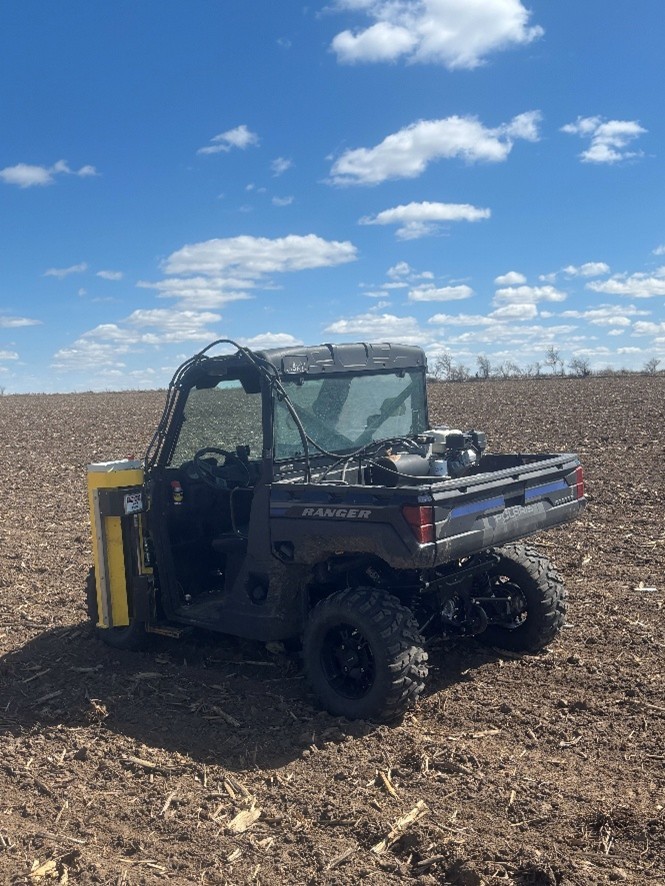
WISCONSIN
Ellsworth
Spring rush is right on the horizon for us here in Western Wisconsin. A few planters have started rolling, but we might see one more week before conditions are just right on this side of the river. In the meantime, myself and the rest of our AYS crew have been busy building and loading planting prescriptions for customers to take to the fields. While the concept of variable rate planting is nothing new, it is one of the most valuable tools our growers have access to through our AYS program. If your planter is capable and you have the technology, then here are just a few of the reasons you should consider VR planting:
● Savings! Especially when it comes to soybeans, the seed savings potential is great. Soybeans are extremely flexible. Especially when placed on our best ground at lower populations where they will produce more branches, and more pods. This allows us to increase/maintain our yields while lowering costs. Below is an example of costs based on a 100 acre total.

● Efficiency If half of your field looked like the picture on the left, would you still want to place 34,000 corn seeds there? And if your field looked like the picture on the right, would you keep populations at 32,000 or would you be willing to push your populations?
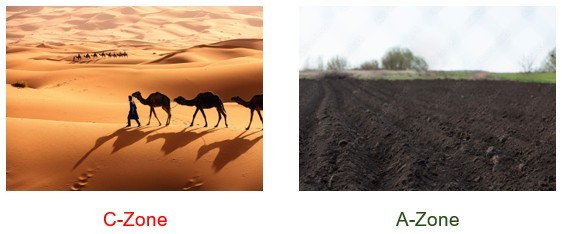
● Disease/Risk Management
Sometimes reducing our populations for corn as well as beans can be an insurance policy of sorts. In fields surrounded by wood lines or high populations of deer, reducing our seeding rates where we will see the most loss on our headlands can save us from wasting resources where they won’t offer a return. Similarly, we can also reduce populations in highly productive parts of the field where we have a high risk of disease, such as white mold in soybeans. Some producers who frequently face white mold issues can opt to reduce populations and help open the canopy to help combat infection.Pictured Below: The purple areas represent ‘D-zones’ in fields that frequently see yield loss along wood lines/headlands. The light blue areas represent special zones created to reduce soybean populations to combat white mold that is frequently seen in that spot of the field.

Talk to your Ag Partners Agronomist or AYS Specialist to see if VR planting is an option for you! I wish everyone a safe and productive spring! -Kirsten

